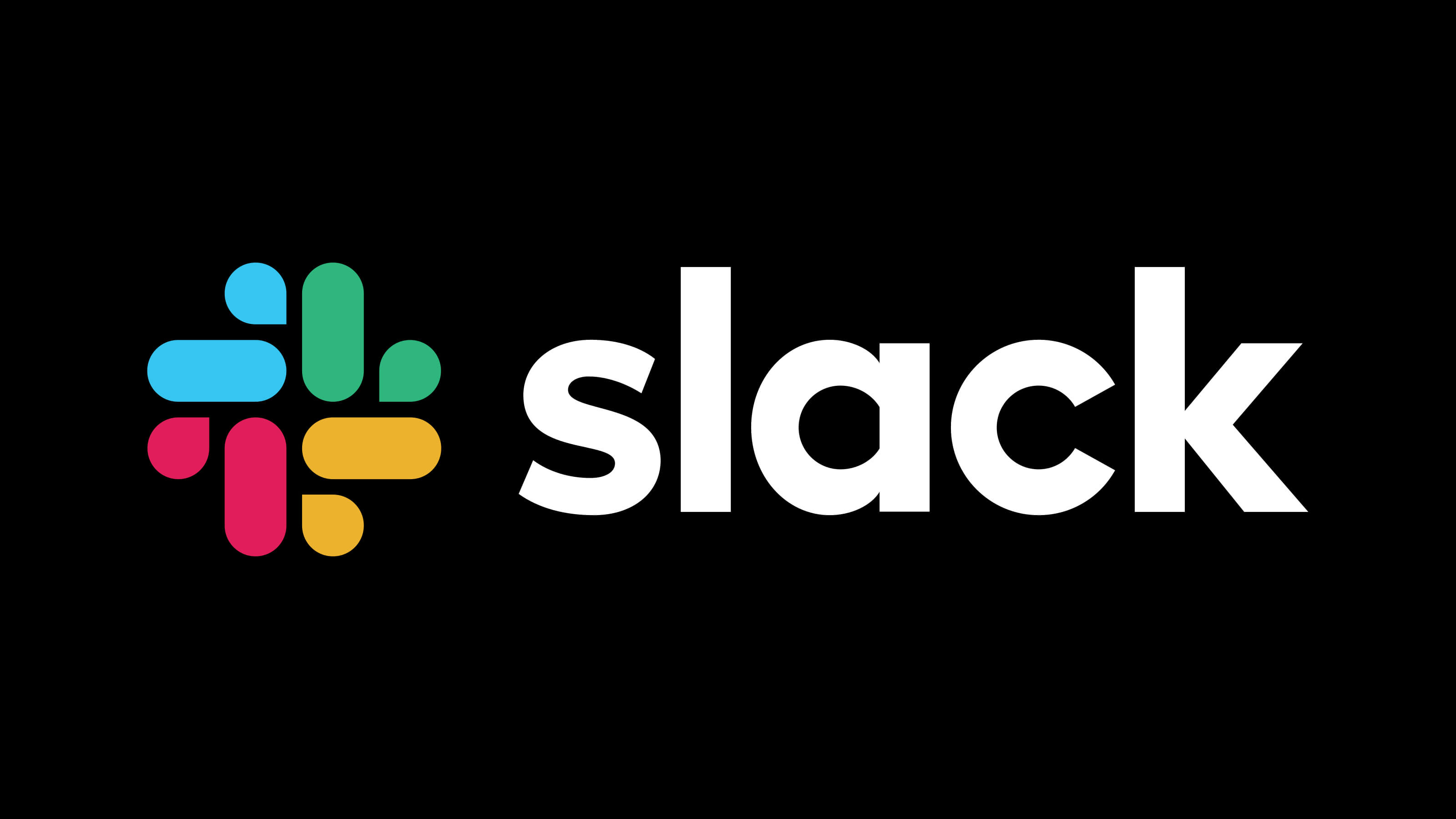Tips for Balancing a Side Hustle with a Full-Time Job

In today's fast-paced world, many professionals are turning to side hustles as a way to supplement their income, pursue a passion, or even lay the groundwork for a future career change. However, balancing a side hustle with a full-time job can be challenging. It requires careful planning, effective time management, and the ability to stay motivated over the long haul. Below, we'll explore actionable tips to help you manage both your primary job and side hustle without burning out.
1. Set Clear Goals for Your Side Hustle
One of the first steps in successfully managing a side hustle alongside a full-time job is setting clear, achievable goals. Ask yourself what you want to accomplish with your side hustle. Is it to earn extra income, build a portfolio, or transition into a new industry? Understanding your goals will help you prioritize your efforts and stay focused.
- Define Your Why: Whether it's financial freedom, career growth, or personal fulfillment, having a clear purpose will drive your motivation.
- Set Specific Targets: Break down your goals into smaller, manageable milestones. For example, aim to complete a specific number of projects or earn a certain amount of income within a set timeframe.
- Align Goals with Your Schedule: Make sure your goals are realistic given the time you can dedicate to your side hustle. Overcommitting can lead to stress and burnout.
Having well-defined goals not only provides direction but also helps you measure your progress and stay motivated as you juggle multiple responsibilities.
2. Create a Structured Schedule
Time management is crucial when balancing a side hustle with a full-time job. A structured schedule allows you to allocate specific times for your side hustle, ensuring that you stay productive without overwhelming yourself.
Consider the following strategies:
- Identify Your Most Productive Times: Some people are more productive in the early morning, while others prefer late-night hours. Find out when you're most focused and schedule your side hustle work during those times.
- Plan Your Week in Advance: At the start of each week, map out your work schedule, including both your full-time job and side hustle tasks. This helps you stay organized and ensures that you're making steady progress on both fronts.
- Batch Similar Tasks Together: Group similar tasks, such as responding to emails or working on creative projects, and complete them in dedicated blocks of time. This minimizes context-switching and increases efficiency.
A well-planned schedule is essential to balancing your responsibilities effectively. It allows you to make the most of your time, reducing stress and increasing productivity.
3. Prioritize Your Tasks
With limited time available, it's important to prioritize your tasks based on their urgency and importance. This ensures that you're focusing on the most critical activities that will help you achieve your goals.
- Use the Eisenhower Matrix: This tool helps you categorize tasks into four quadrants: urgent and important, important but not urgent, urgent but not important, and neither urgent nor important. Focus on the tasks in the first two categories.
- Create a Daily To-Do List: Start each day with a list of the top 3-5 tasks you need to complete. This keeps you focused and ensures that you're making progress on key priorities.
- Leverage Task Management Tools: Tools like Trello, Asana, or Todoist can help you organize your tasks, set deadlines, and track your progress. These tools also allow you to break down large projects into manageable steps.
Prioritizing your tasks effectively enables you to make consistent progress on your side hustle without compromising your performance at your full-time job.
4. Use Your Full-Time Job as a Learning Opportunity
Your full-time job can be a valuable resource for developing skills that can benefit your side hustle. Many of the skills you use in your day job, such as project management, communication, and problem-solving, are transferable and can enhance your side hustle efforts.
- Identify Transferable Skills: Look for skills that you can apply to your side hustle, such as marketing, customer service, or technical expertise. For example, if you're in a marketing role, you can use your knowledge to promote your side business.
- Leverage Professional Development Opportunities: Take advantage of training programs, workshops, or mentorship opportunities at your full-time job. These can provide valuable insights and skills that you can apply to your side hustle.
- Network Within Your Industry: Build relationships with colleagues, clients, and industry professionals. Networking can open doors to new opportunities, both for your full-time job and your side hustle.
By viewing your full-time job as a learning opportunity, you can develop skills that not only enhance your side hustle but also advance your overall career.
5. Maximize Your Productivity
To effectively balance a side hustle with a full-time job, maximizing your productivity during the hours you dedicate to your side hustle is crucial. This involves staying focused, minimizing distractions, and using your time efficiently.
Here are some tips to boost productivity:
- Eliminate Time Wasters: Identify activities that consume your time without adding value, such as excessive TV watching or social media scrolling. Replace these with productive activities related to your side hustle.
- Use Productivity Techniques: Methods like the Pomodoro Technique, which involves working in focused intervals with short breaks, can help you maintain high levels of concentration and get more done in less time.
- Optimize Your Workspace: Create a dedicated workspace for your side hustle that is free from distractions. A clean, organized environment can improve focus and efficiency.
Maximizing productivity ensures that you make the most of the limited time you have for your side hustle, helping you achieve your goals more quickly and efficiently.
6. Maintain Work-Life Balance
Balancing a full-time job and a side hustle can be demanding, but it's important to maintain a healthy work-life balance to avoid burnout. This involves setting boundaries, ensuring quality time for personal life, and prioritizing self-care.
Consider the following strategies:
- Set Clear Boundaries: Define specific times for work and personal life, and stick to them. Avoid letting your side hustle encroach on time that should be spent with family or for relaxation.
- Schedule Downtime: Just as you schedule work tasks, schedule time for rest, hobbies, and social activities. This helps recharge your energy and maintain mental well-being.
- Practice Mindfulness: Techniques like meditation, deep breathing, or yoga can help you manage stress and stay focused. Incorporating mindfulness into your routine can improve both your work performance and overall quality of life.
Maintaining a balance between work, your side hustle, and personal life is key to long-term success. It ensures that you can sustain your efforts without compromising your health or relationships.
7. Think Long-Term
When managing a side hustle alongside a full-time job, it's important to keep a long-term perspective. Success doesn't happen overnight, and it's essential to stay patient and persistent.
- Focus on Your Financial Goals: Whether your goal is to save for a major purchase, pay off debt, or build an investment portfolio, keeping your financial objectives in mind will help you stay motivated.
- Plan for Growth: As your side hustle grows, think about how you can scale it over time. This might involve reinvesting profits, automating processes, or even considering a transition to full-time entrepreneurship.
- Celebrate Small Wins: Recognize and celebrate milestones along the way, whether it's reaching a revenue target, completing a major project, or gaining a new client. These small victories will keep you motivated and remind you of your progress.
Thinking long-term helps you stay focused on your ultimate goals and navigate the challenges of balancing a full-time job with a side hustle. With patience and persistence, your efforts will pay off over time.
Ready to balance your career and side hustle?
Explore OfferPilot for more career-boosting resources.
Frequently Asked Questions

Stephen Leshko
Stephen Leshko is the CTO of OfferPilot, where he drives technological innovation and development. With a deep passion for artificial intelligence, he focuses on integrating AI solutions to enhance the job search experience for users.
You should also check out


